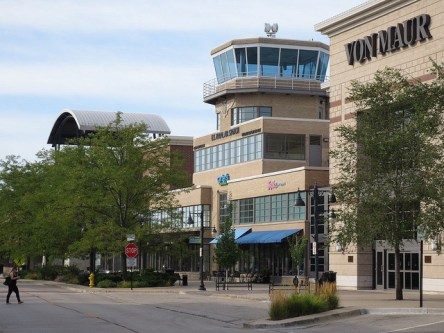There has been a series of encouraging reports emerging from the U.S. Department of Veterans Affairs (VA) this quarter. The nation enters fall with a positive outlook regarding housing and services for veterans facing homelessness. A recent report reveals a 47 percent decline in veteran homelessness since 2010, with a 17 percent decrease between January 2015 and January 2016. Communities throughout America contribute data to the Point-in-Time (PIT) report, hosted by The U.S. Department of Housing and Urban Development (HUD). This separate analysis of veteran well-being estimates a 56 percent decrease in veterans without shelter since 2010. These notable successes are a direct result of greater federal and community commitment to end homelessness amongst former service members: One of the first targeted initiatives came from the HUD-VA Supportive Housing (HUD-VASH) Program in 2008. Through the program, veterans receive rental assistance along with the support of medical and professional services. Early this summer, HUD-VASH issued $38 million towards housing for 5,200 veterans who struggled with stable housing. The funds were directed to communities’ housing and case management organizations. Two months later, HUD-VASH provided the funding needed to secure permanent housing for an additional 108 homeless veterans in seven states. To date, more than 114,000 veterans have received assistance through the program. In 2010, HUD, VA, and the United States Interagency Council on Homelessness finalized Opening Doors. This one-of-a-kind federal program strategically plans to end chronic homelessness by 2017. The program includes efforts to identify former service members who are at risk of homelessness and take steps to prevent the loss of shelter. For veterans experiencing homelessness, professionals provide barrier-free entry to temporary shelter. They simultaneously work to secure long-term housing and the necessary assistance to maintain those accommodations. Following in 2014, First Lady Michelle Obama...
Military Bases, Reimagined...
Base Conversions Offer High Yields
Upcoming military base closures will provide a wealth of opportunities for developers. Beginning in the early 1990s, more than 8,000 military installations in Western Europe and North America shut their doors, according to NATO Review. In the US, 97 facilities were shuttered, resulting in land sales upwards of 100,000 acres and thousands of buildings. With plans for the US Army to reduce its forces to 500,000 soldiers by the end of 2015, bases are bracing for 70 additional decommissioned sites. Developers can begin to prepare their bids. The first wave of closures in the early 90s was low-hanging fruit for development firms. Land prices were low, which made achieving a healthy ROI faster and easier. National Real Estate Investor (NREI) reports average returns of 8-10 percent in the first year on bases that are repurposed as office or industrial spaces. Such successes are now more difficult to replicate, but they are far from impossible. Nearing the new millennium, the Department of Defense (DOD) began seeking higher prices for prime locations. For example, a 4,700 site outside of Orange County has an estimated sale value of $1 billion—which is more than the DOD gained from the sales of 96 previous bases. Developers interested in the new wave of closures will have to bring much more to the table. In spite of the rising prices, military base conversions are still lucrative. According to Builder Online, the former Glenview Naval Air Station is being transformed into the master planned community, the Glen. This 1,200-acre site rests just outside of Chicago. It includes single-family and multifamily housing, retail, and green space. The complex has experience such success that it is expanded into another project. The most recent addition, Westgate on the Glen, is under development. Upon completion, it...


